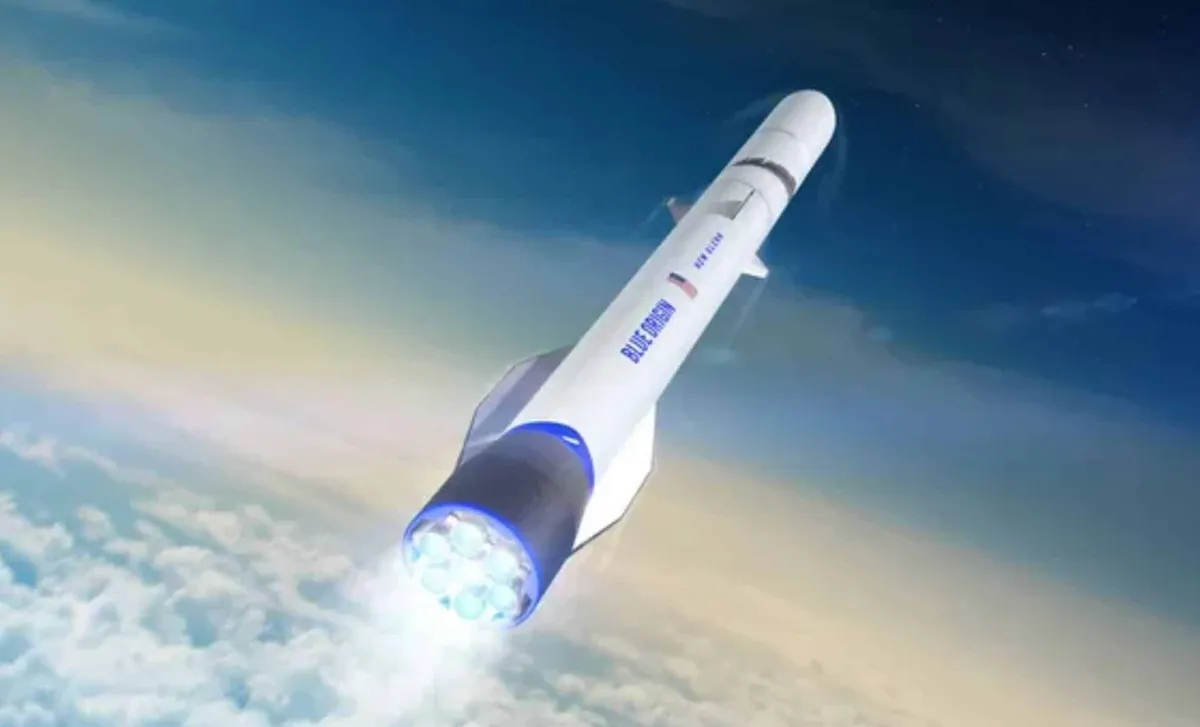
Blue Origin is set to make history with the second-ever launch of its New Glenn rocket, scheduled to carry NASA's ambitious ESCAPADE mission to Mars on September 29, 2025. According to a report from Space.com, Blue Origin has been working closely with NASA to meticulously prepare for this highly anticipated flight. Initially, the ESCAPADE mission was planned to launch aboard New Glenn’s first flight in January 2025. However, NASA decided to postpone the mission to mitigate any potential risks associated with the inaugural launch of this new rocket. With the No Earlier Than (NET) date officially established, excitement is building as New Glenn approaches its interplanetary mission.
The upcoming launch of New Glenn signifies a monumental milestone not only for Blue Origin but also for the broader field of space exploration. The twin ESCAPADE probes are engineered to investigate Mars’ magnetosphere, examining how solar wind interacts with the Martian atmosphere and how these interactions might affect the planet's space weather environment. Once launched, these probes will begin their journey to the Red Planet, where they will deliver critical data that will enhance scientists' understanding of Mars’ unique space dynamics. The ESCAPADE mission, valued at $80 million, is under the stewardship of the University of California’s Space Sciences Laboratory, which will oversee the operation of the probes once they are in space.
The launch of New Glenn is particularly noteworthy as it will be the first instance where the rocket is tasked with delivering a payload on an interplanetary mission. Standing at an impressive 188.5 feet tall, the New Glenn rocket was developed to compete in the ever-evolving commercial launch industry, focusing on the capability to carry larger payloads. While Blue Origin has made significant strides in the rocket’s development, this mission serves as a crucial test for the company. Their goal is to successfully deliver the ESCAPADE probes to Mars while simultaneously demonstrating New Glenn’s reliability for future interplanetary missions.
The first stage booster of the rocket, which towers at 57.5 meters, will also face critical testing during this mission. Following the launch, Blue Origin plans to recover the first stage booster using a drone ship stationed in the Atlantic Ocean. This recovery operation is a central component of the company’s ongoing initiative to develop reusable rockets that can significantly lower the costs associated with space travel. Although New Glenn's initial test flight in early 2025 successfully delivered its payload to Earth orbit, the attempt to land the booster on a drone ship did not succeed. Blue Origin remains optimistic that this upcoming flight will yield a successful recovery, bringing the company closer to achieving a fully reusable rocket system.
In addition to the ESCAPADE mission, New Glenn will also carry a secondary payload as part of the NG-2 flight. This secondary payload will be a technology demonstration from Viasat, a prominent satellite communications company. This demonstration aligns with NASA’s Communications Services Project, an initiative aimed at improving satellite communications for both near-Earth and interplanetary networks. Viasat’s technology is anticipated to play a crucial role in advancing the next generation of space-based communications, which will be essential for NASA’s future missions, especially those targeting the Moon and Mars.